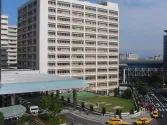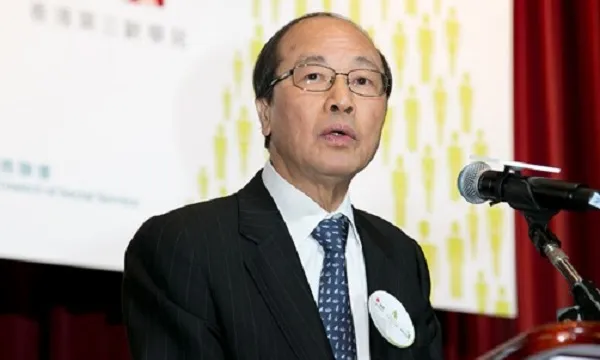
HK Electric to invest US$3.39b in transition from coal to gas
It will invest in power generation, transmission, and customer services.
HK Electric will invest US$3.39b (HK$26.6b) in the next five years to build the infrastructure required for the transition from coal to gas generation and increase the proportion of gas-fired generation. This is part of its 2019-2023 Development Plan which has been recently approved by the Hong Kong Executive Council.
According to an announcement, HK Electric will invest HK$16.2b or 61% of the total in projects related to power generation. A large part of it will be used to build the new gas-fired units and associated facilities required to replace the retiring coal-fired units.
The company is currently constructing two new gas-fired units (L10 & L11), and together with the newly-approved unit (L12), three new gas-fired units will be commissioned in the next five years. They will replace five coal-fired units and one old converted gas-fired unit that are retiring before 2023.
“By then, the total installed capacity of HK Electric will be lower than that of now,” the company said.
HK Electric managing director Wan Chi-tin said, "The next five years will mark a new era of gas generation for HK Electric as we increase the proportion of gas-fired generation - from above 30% of total generation now to 50% in 2020, rising further to about 70% in 2023."
To achieve these targets, other than building new gas-fired units, HK Electric will develop a new source of natural gas to avoid over-reliance on the current "single source, single pipe" gas supply.
The company has been partnering with CLP Power to explore the development of an offshore LNG (Liquefied Natural Gas) terminal in Hong Kong waters. “This terminal, when commissioned, will enhance the security of the natural gas supply as well as the company's bargaining power for pricing,” the company added.
As for the transmission and distribution system, HK Electric will invest HK$9.1b for new transmission facilities required by the new gas-fired units, cable replacement, construction of new zone substations in Eastern and Central Districts, as well as installation of smart meters.
Capital expenditure for customer services and corporate development will total another HK$1.3b.
Wan noted that capital investment in the coming years will inevitably put pressure on tariff, and together with the increasing use of natural gas, the promotion on renewable energy, energy efficiency, and conservation under the new Scheme of Control Agreement (SCA) will also result in higher costs.
“The pressure on tariff will be eased from 2019 when, under the new SCA, HK Electric's permitted rate of return will be reduced to 8% of net fixed assets,” the company added. “Together with other adjustments, the basic tariff for 2019 will be reduced to 101.3 HK cents per unit of electricity, 7.8 HK cents lower than the 109.1 HK cents in 2018.”
However, following two years of substantial special rebates in 2017 and 2018, there is no room for HK Electric to provide the same in 2019. “These two rebates will be reduced from 20 HK cents per unit of electricity in 2018 to 4.6 HK cents in 2019, with the shortfall of 15.4 HK cents to be reflected in the 2019 tariff,” it said.
Wan explained that though the reduction of permitted rate of return will lower tariff, it could not fully offset the impact of the substantial reduction in the two special rebates. As a result, there will be a rebound in 2019 net tariff by 7.6 HK cents per unit of electricity, from 112.5 HK cents in 2018 to 120.1 HK cents in 2019, representing an increase of 6.8%.
The higher net tariff for 2019 is mainly attributed to the substantial reduction in special rebates, he noted. If the impact of the rebates were taken out, the net tariff for 2019 would have been lower than that of 2018 by 5.9%.

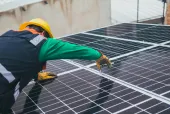

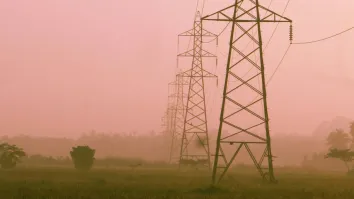


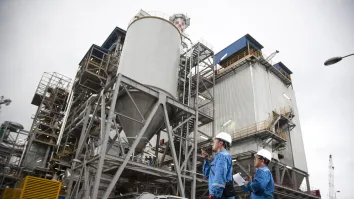
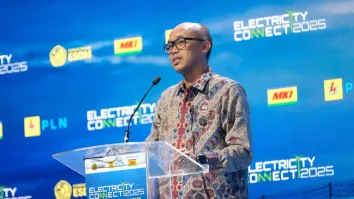


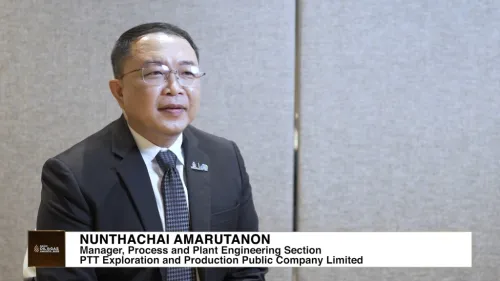
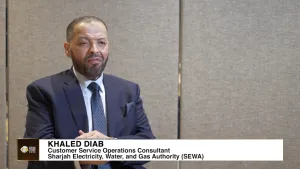
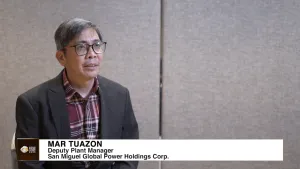
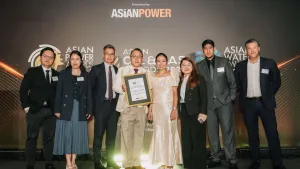
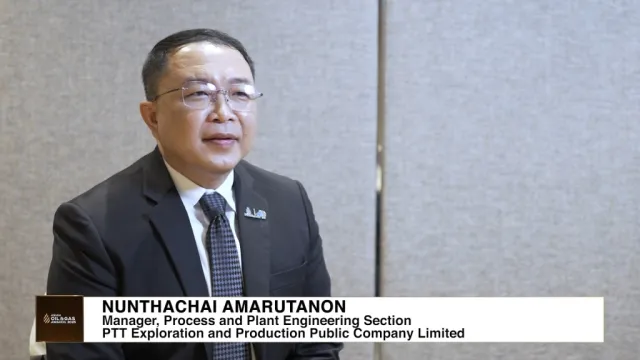

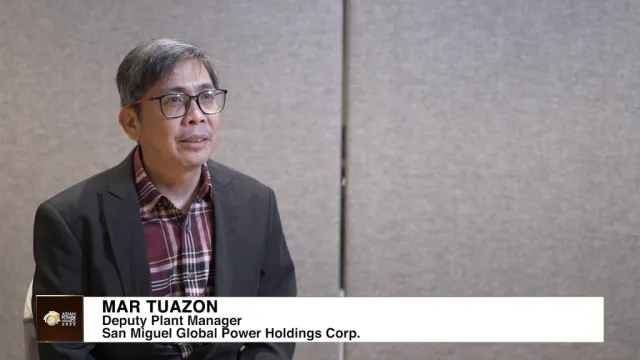
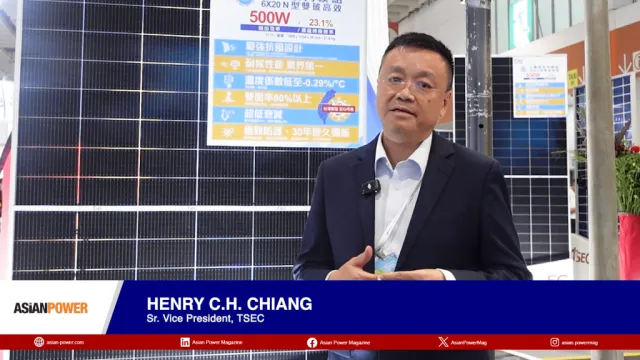

 Advertise
Advertise






